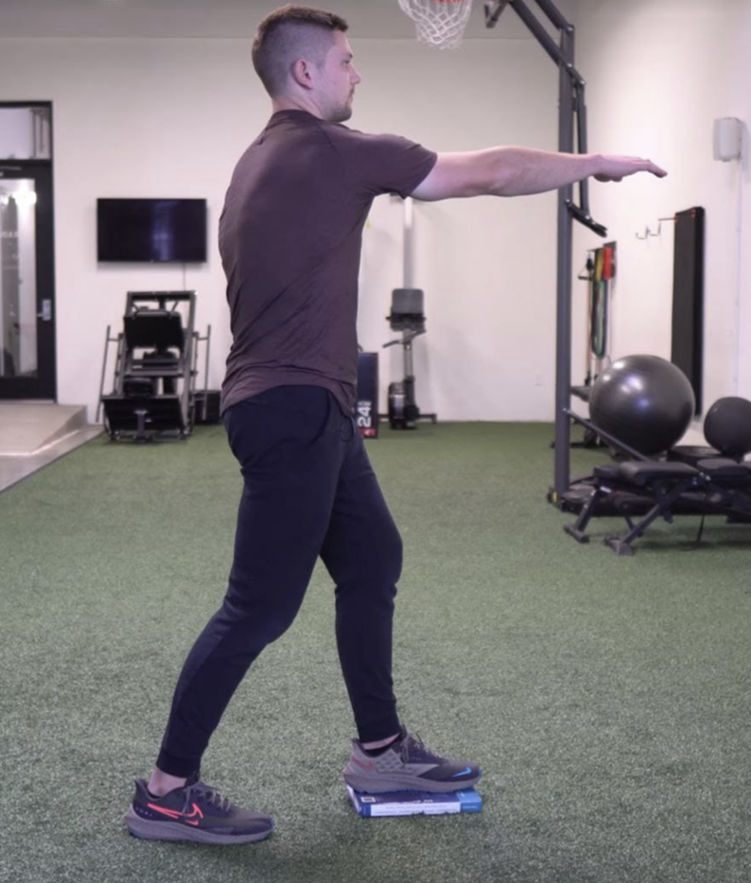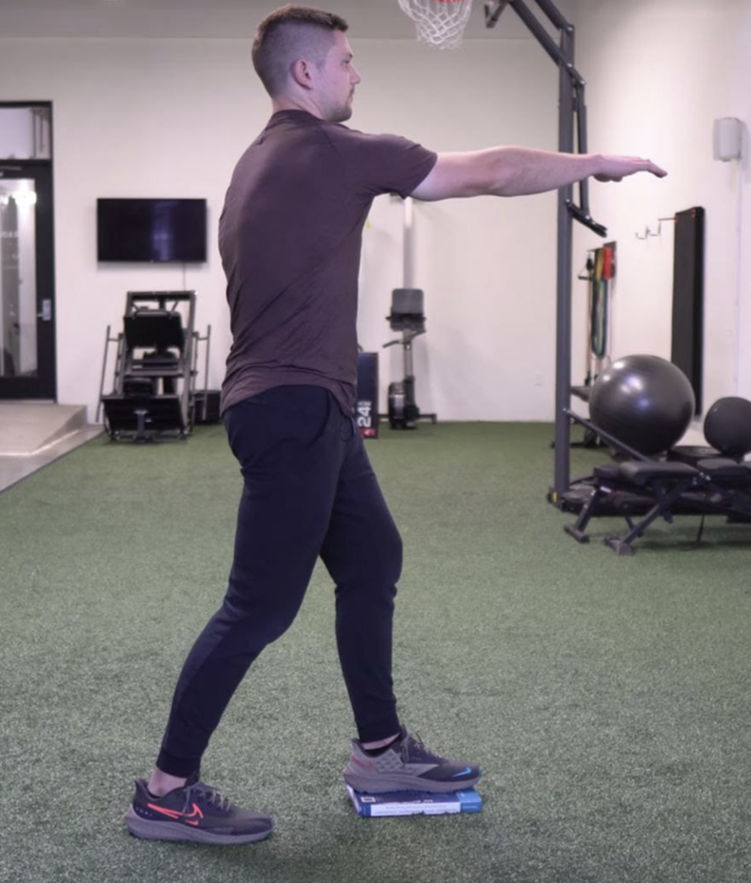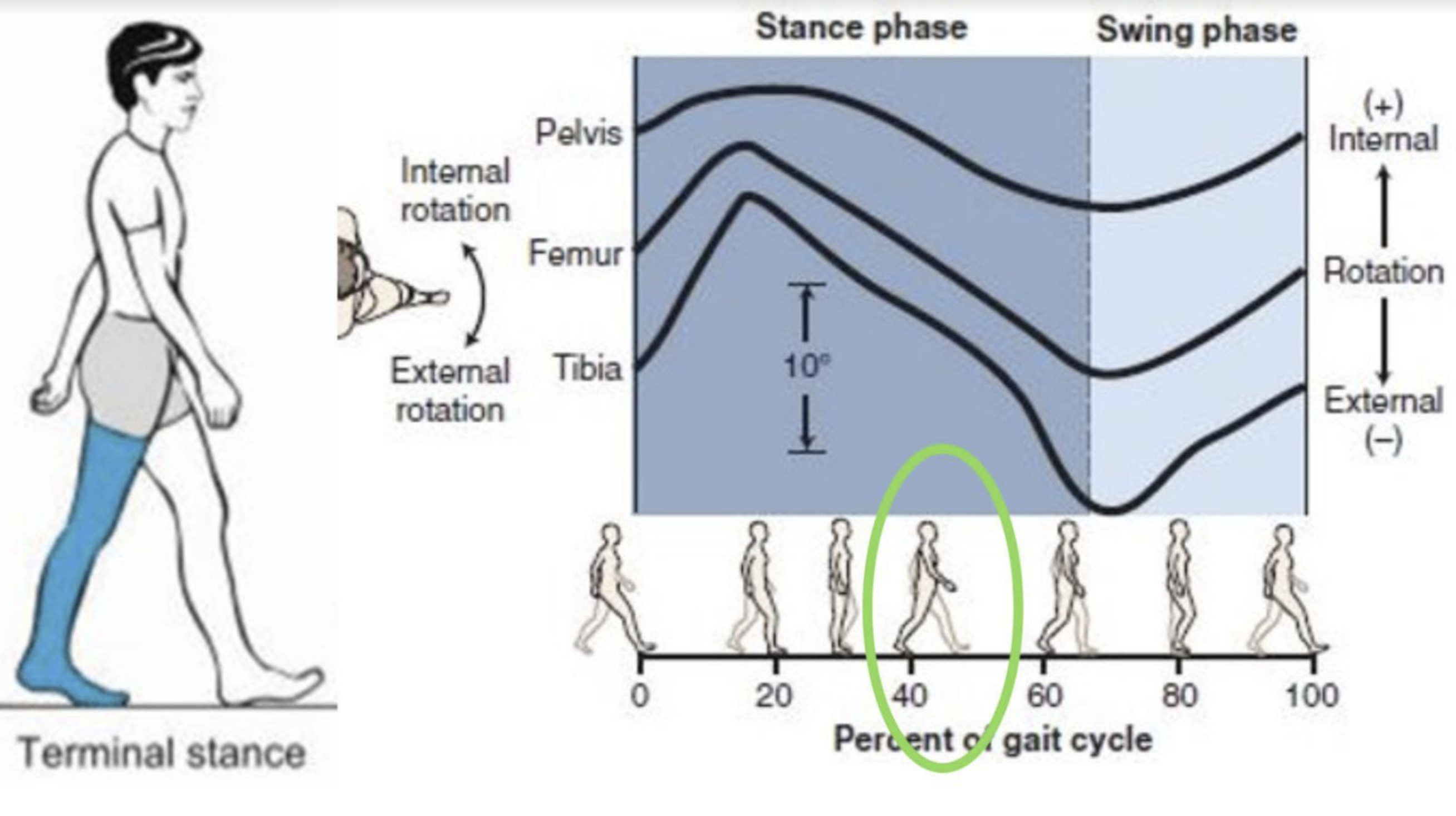The World Of Corrective Exercise Is Shifting: These Principles Can Get Big Results
Mar 05, 2023
Take a look at the image below. What do you see?

I see a left side slowing down and a right side forward and in propulsion.
I would expect this person (if they are ready for upright exercises like this) to improve their left hip internal rotation and right hip external rotation immediately as a result of sitting here and breathing for a minute.
Insert before/after
Don't get it?
Maybe a little?
Corrective exercise selection can appear challenging and confusing for beginners. And that's totally understandable.
However, if you have a basic understanding of how you can modify a position to meet the needs of your clients, then you can literally make up your own exercises that can get the job done effectively.
If you would rather watch than read, see below:
The Foundation Of Corrective Exercise Selection Principles
We know that people tend to feel good when they move when they can effectively shift in and out of each side of their body (alternate & reciprocate between sides), and access any needed range of motion/movement option without significant compensation or dysfunction.
The problem is, most people can't shift into one or even both sides of their body effectively.
A common issue I see is people struggle to shift into the left side of their body. This is because of natural human asymmetry you can read more about here.
People who struggle to shift into the left side of their body will have the left side of the pelvis/ribcage in more of a forward position relative to the right.
The hips will be turned right:

We can call this:
- A left side stuck in late stance/propulsion
- A right side stuck in early stance/yielding
This means that in order to improve the mechanics of this person's movement limitations, we need to:
- Improve the ability to push the right side forward (late stance mechanics)
- Improve the ability to shift into the left side (early stance mechanics)
How To Improve Stance Mechanics
Now, let's go back to this image:

You can see the full exercise selection walkthrough here:
Do you see how this could be right late stance and left early stance?

The reason why we're elevating the left foot is because just by doing that, we are pushing weight more onto the rearfoot of the left side. Imagine doing something like a front foot elevated split squat. It's much easier to feel your front heel relative to a split squat without elevation, right?
Same thing here. This will give them better awareness of their left heel.
I am cueing them to feel their right foot arch, which is associated with more late-stance in gait.
Also notice how in the image above, late stance is more of an externally rotated position and early stance is more of an internally rotated position.
But this upright, unsupported position might be a bit too challenging for someone at first to find and feel the right things while also staying stable.
Regressions & Progressions
So how can we regress it?
Easy, just add more references. References mean things on your body being in contact with external objects to increase stability and increase competency of the exercise’s goals.
So for example, we can take the same exercise principles and modify it so that we can still feel left heel and right arch contact with the left side forward.
Here is an example. A sidelying position.
A progressed version of that sidelying drill could be this:
What about progressions? Well, add a little bit of a dynamic aspect to the exercise. Since the goal is to improve the ability to shift left, let’s literally do that.
In this exercise below, we are in a similar stance as the other standing exercise, except now we are slowly shifting more of our weight from the right foot to the left foot as we progress through the set.
Again, if you want to learn more about this, check out my Biomechanics Course!
Summary
So to summarize, what we're doing here is:
- Making it easy for them to sense their left heel for more early stance mechanics
- Sensing the right foot arch/forefoot with the hip back for more late stance mechanics
- Reaching with the right arm to turn and shift them left
If we can stay here and breathe for a few breath cycles and become comfortable here, we can improve movement options and range of motion without jamming ourselves into crazy stretches or "mobility" exercises that don't get results that last because they aren't educating the body how to integrate these new positions into how we actually move.
Don’t miss out on free education
Join our email list to receive exclusive content on how to feel & move better.

